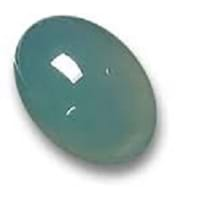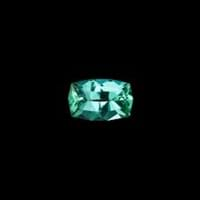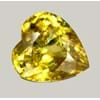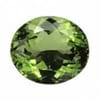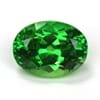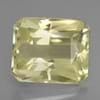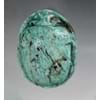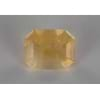Astrology
Origin
USA, Southern and central Africa
Brazil
Color
Brown, Green, White, gray, Blue, Yellow
Blue, Green, Colorless, White
Streak
White
White
For which Rashi?
Not Available
Not Available
Planet
Not Available
Not Available
Element of Planets
Not Available
Not Available
How to Wear?
Finger
Not Available
Not Available
Ring Metal
Not Available
Not Available
Energy
Not Available
Not Available
Deities
Not Available
Not Available
Not to wear with
Not Available
Not Available
Powers
Not Available
Not Available
Birthstone
Planetary
Not Available
Not Available
Talisman
Not Available
Not Available
Physical Properties
Tenacity
Brittle
Not Available
Solubility
Not Available
Not Available
Durability
Not Available
Not Available
Specific Gravity
4.00-4.65
2.81
Fracture
Uneven, Sub-Conchoidal, UnevenWalter Schumann, Gemstones of the world (2001) More from other references, Brittle, Metallic
ConchoidalArthur Thomas, Gemstones (2009), ConchoidalArthur Thomas, Gemstones (2009)
Cleavage
Perfect on [1011]
{001} Perfect
Mohs Hardness
5-5.5
4.5-5
Chemical Composition
ZnCO 3Michael OâDonoghue , Gems, Sixth Edition (2006) More from other references
NaAl 3(PO 4) 2(OH) 4 · 2H 2OMichael OâDonoghue , Gems, Sixth Edition (2006) More from other references
Optical Properties
Luster
Vitreous, Pearly
Vitreous
Pleochroism
AbsentWalter Schumann
Not Available
Dispersion
0.01
26
Not Available
Transparency
Translucent
Transparent
Refractive Index
1.620-1.850
1.590-1.599
Optic Character
Not Available
Not Available
Crystal System
Trigonal
Not Available
Birefringence
0.223-0.227
0.009
Clarity
Translucent
Transparent
Benefits
Physical
Neurological
Not Available
Not Available
Cardiovascular
Not Available
Not Available
Respiratory
Not Available
Not Available
Reproductive
Not Available
Not Available
Digestive
Not Available
Not Available
Psychology
Not Available
Not Available
Healing
Not Available
Not Available
Qualities Associated
Not Available
Not Available
